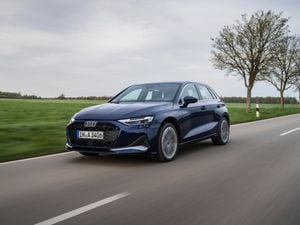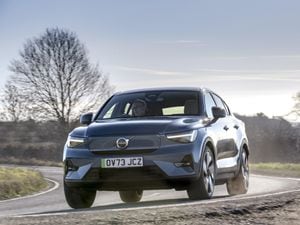Triple test: Land Rover Discovery Sport vs Nissan Qashqai vs Volvo XC60
We pit three very different SUVs against one another to find out which one comes out on top

What are they?
SUVs are becoming more and more popular on UK roads. In fact, the SUV segment is currently one of the fastest growing in the automotive market.
Popular among family buyers, SUVs are often seen as being safer and more practical than their saloon or estate counterparts. While this may not necessarily be true, we thought it a good idea to gather three different types of SUV together to see which one comes out on top.
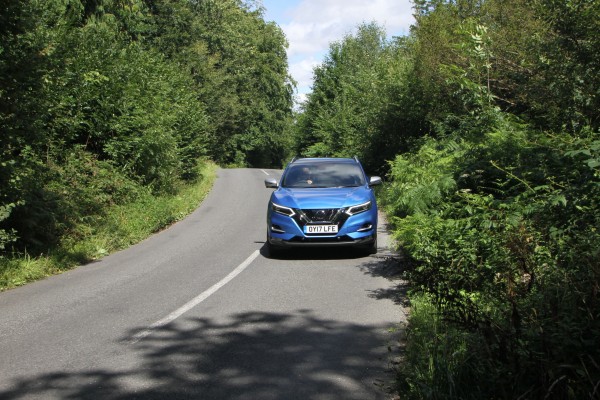
At the smaller end of the scale we’ve got Nissan’s new Qashqai, followed by the larger Volvo XC60 and Land Rover Discovery Sport.
What’s new?
Let’s start with the Qashqai, which is the most popular car out of the three in terms of sales. Nissan has refreshed its crossover for the 2017 model year, introducing the new top-flight Tekna+ trim level we have on our test car in a bid to make the Qashqai a more upmarket offering.
While the car’s looks haven’t changed much when compared with those of its predecessor, under the skin there’s plenty more technology. Safety systems have been bolstered, and from 2018 Nissan will also roll out ProPilot, which allows the Qashqai to autonomously brake, accelerate and steer within a single lane at cruising speed and in traffic. Pretty impressive stuff.
Unlike the Qashqai’s light facelift, the Volvo XC60 has been completely redesigned. There’s a new exterior and interior – both of which are rather snazzy – but similar to the Qashqai, Volvo is making the most noise about the XC60’s range of safety equipment. In fact, the Swedish manufacturer has even gone so far as to claim the new SUV is “one of the safest cars in the world”.
The Land Rover Discovery Sport is the replacement for the old Freelander and is arguably the most upmarket of the three. Where the Nissan and the Volvo are at home on the road, the Discovery Sport features genuine off-road ability, as well as a great deal more badge prestige than the other two cars.
What’s under the bonnet?
The Nissan Qashqai was powered by a 1.5-litre, four-cylinder diesel engine that produced 109bhp and 260Nm of torque, making it the least powerful of the three SUVs. It manages the 0-60mph sprint in a time of 11.7 seconds, while top speed stands at 113mph.
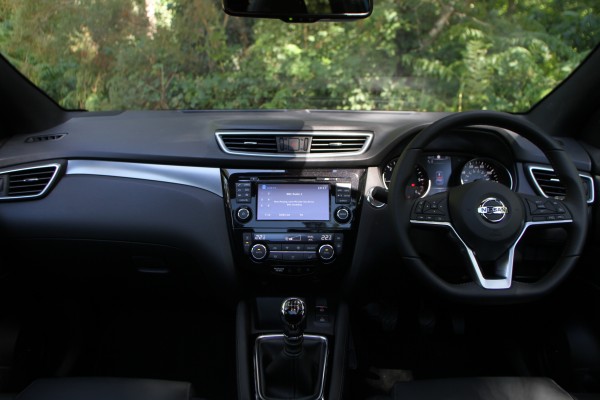
The Volvo made use of a larger 2.0-litre four-cylinder diesel engine, which developed 187bhp and 400Nm of torque. Understandably, this means improved performance figures over the Nissan – the XC60 can dash from 0-60mph in 7.9 seconds and hit a top speed of 127mph. In fact, it’s the fastest of the three vehicles we have here.
The Discovery Sport only just lags behind the Volvo. Its 2.0-litre, four-cylinder diesel engine can get it from 0-60mph in eight seconds flat and hit a top speed of 121mph. This power plant produces 237bhp and 500Nm of torque.
While the Qashqai might be the slowest of the group, it is far and away the most economical – which is a big win, especially for families. Nissan claims the Qashqai can manage 74.3mpg on the combined cycle, while the Volvo and the Land Rover boast respective consumption figures of 54.3mpg and 43.5mpg. The Qashqai also emits the least CO2, with emissions of 99g/km, compared with the Volvo’s 136g/km and the Land Rover’s 189g/km.

What are they like to drive?
The Qashqai may not be the most exciting car to drive but it does handle itself well out on the road. It’s quiet enough over long distances – even with the large 19-inch alloys fitted to our test vehicle – and is predictable through the corners. Yes, the manual gearbox is a bit vague and the power delivery can be sudden at times, but for the most part the Qashqai will easily suit the needs of most drivers.
The Volvo, on the other hand, did leave us feeling a wee bit disappointed. There’s no denying that it’s a comfortable car, but its steering is overly light at low speeds, and the automatic transmission can also take a good deal of time to decide which gear it actually wants to select. While these aren’t going to be huge problems on the motorway, they do mean the Volvo isn’t as good as the Nissan around town.
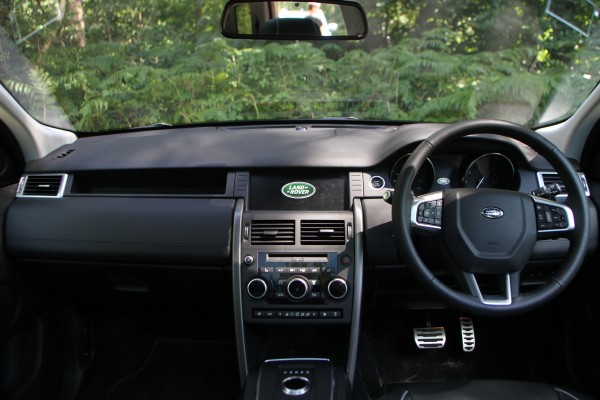
The Land Rover certainly feels the most old-school of the three vehicles. There’s a good deal more weight to the steering, and the Ingenium diesel engine isn’t particularly refined under hard acceleration. That said, it was the car we enjoyed spending time in the most, and was very comfortable on longer stints up the motorway.
How do they look?
This is where the Volvo claims back some points. It’s certainly the best to look at of the three, and although our test car was fitted with smaller alloy wheels, higher-specification models really do look the part.
The Discovery Sport is also a good-looking thing. While our test car’s dark grey exterior with contrasting black roof and wheels may not be to everyone’s tastes, we thought it looked incredibly eye-catching.
Now the Qashqai is by no means an unattractive car but, to our eyes at least, it’s easily the most forgettable of the three vehicles we have here. Its smart blue paint and 19-inch alloy wheels do go some way to improving its appearance, but next to the other two it’s not quite in the same league.
What are they like inside?
All three cars have seating for five people, which will no doubt be good news for family buyers who are likely to be considering cars of this type. As the smaller of the three, the Qashqai doesn’t quite have the same amount of legroom as the other two, but then again it will still seat two adults or three children in the back in comfort.
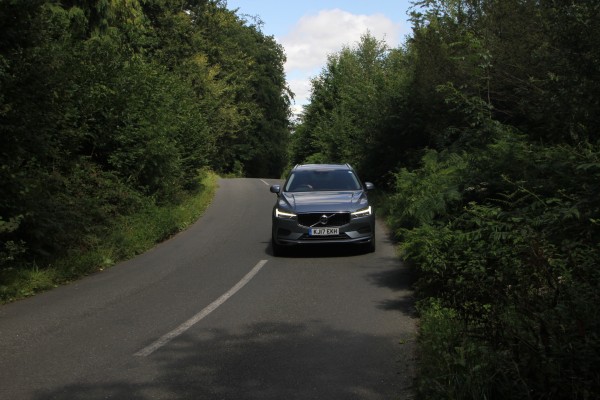
As far as boot space is concerned, the Qashqai again lags behind the Land Rover and Volvo, with 430 litres of storage capacity on offer. The Volvo’s boot has 505 litres, while the Discovery Sport boasts a 689-litre boot.
What’s the spec like?
Considering the Qashqai is significantly cheaper than the Volvo and the Land Rover, it still offers a very generous amount of standard equipment. Our test car came in top-flight Tekna+ specification, and had an on-the-road price of £30,325 with options. Standard equipment includes a Bose sound system, heated leather seats, panoramic glass roof, satellite navigation and 19-inch alloys to name but a few features.
Although the Volvo we had on test was a base-spec Momentum model, it will still set you back from £37,205. This includes standard equipment such as a nine-inch touchscreen with sat nav, heated front seats and leather-faced upholstery. However, our car was fitted with more than £8,000 worth of options – pushing the total price up to £45,385.
The Land Rover was by far the most expensive car of the three, with an eye-watering £60,980 price tag after options. Standard equipment is much the same as the other two vehicles, so if badge prestige isn’t something you’re overly fussed about, you may find it hard to justify paying such a sum.
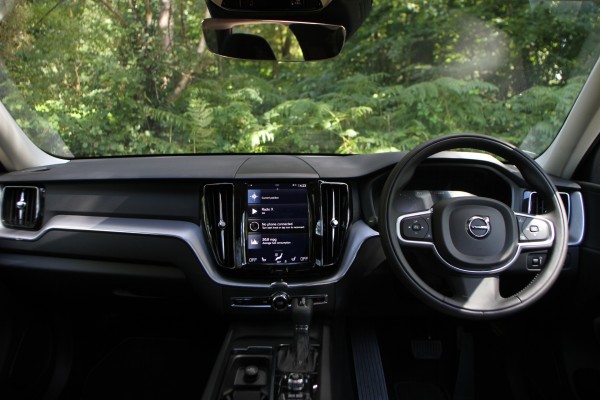
As far as value for money is concerned, the Qashqai is hard to beat compared with the Volvo and Land Rover.
Verdict
Choosing a definitive winner out of the three is actually fairly tough. If you were going to make a purely rational decision based on cost and value for money, the Qashqai is the one to go for. It’s certainly capable, but not terribly exciting. If it were our money, though, and we had deep pockets, we’d pay more and go for the Land Rover – it’s just a more enjoyable place in which to spend time.


